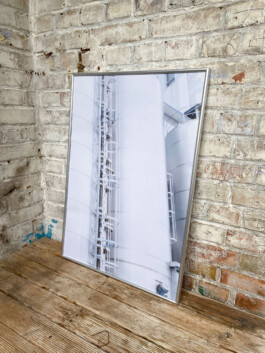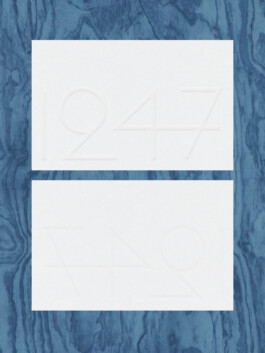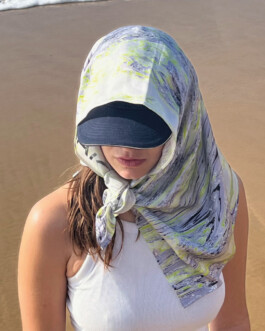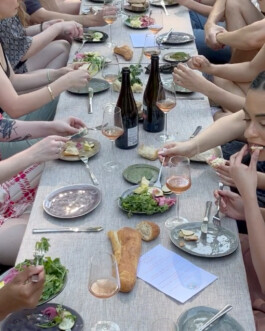Artefakt
Artefakt is an editorial project that explores the visual fragmentation of human-made traces and how these remnants can be reinterpreted through contemporary digital processes. The book investigates how visual identity and meaning shift when physical artifacts are subjected to systematic deconstruction, reinterpretation, and reassembly.
The publication is structured as a process-based investigation. Initially, individual artifacts are presented in their original, unaltered form—framed and documented to preserve their initial visual impact. These objects are then fragmented and analyzed through five distinct experimental methods, each designed to isolate and reinterpret specific visual or structural qualities. Throughout the book, the design balances clarity and conceptual depth. Typography, layout, and visual rhythm are used to mirror the fragmentation and recomposition of the content itself.
Each chapter is visually structured to reflect the logic of the respective experiment, creating a dialogue between form and process. The final stage of the project involves a deliberate defragmentation: all previously dissected components are reassembled into a singular, synthesized trace. This reconstructed form does not aim to restore the original, but rather to create a new visual language—one that continues the story of the trace using contemporary tools and speculative design thinking.

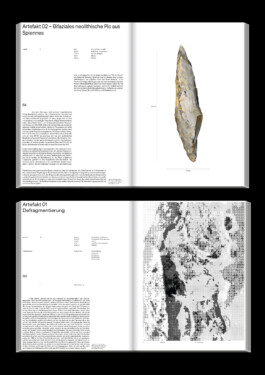
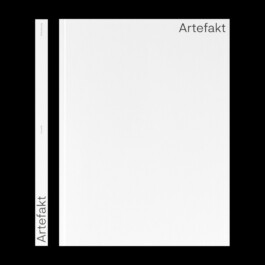
Artefakt
Editorial
Information
Artefakt is an editorial project that explores the visual fragmentation of human-made traces and how these remnants can be reinterpreted through contemporary digital processes. The book investigates how visual identity and meaning shift when physical artifacts are subjected to systematic deconstruction, reinterpretation, and reassembly.
The publication is structured as a process-based investigation. Initially, individual artifacts are presented in their original, unaltered form—framed and documented to preserve their initial visual impact. These objects are then fragmented and analyzed through five distinct experimental methods, each designed to isolate and reinterpret specific visual or structural qualities. Throughout the book, the design balances clarity and conceptual depth. Typography, layout, and visual rhythm are used to mirror the fragmentation and recomposition of the content itself.
Each chapter is visually structured to reflect the logic of the respective experiment, creating a dialogue between form and process. The final stage of the project involves a deliberate defragmentation: all previously dissected components are reassembled into a singular, synthesized trace. This reconstructed form does not aim to restore the original, but rather to create a new visual language—one that continues the story of the trace using contemporary tools and speculative design thinking.




